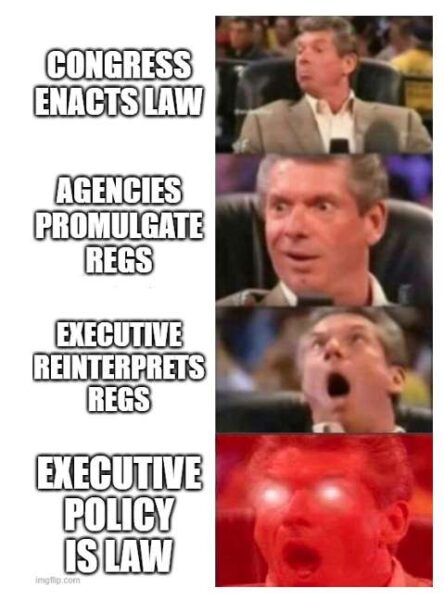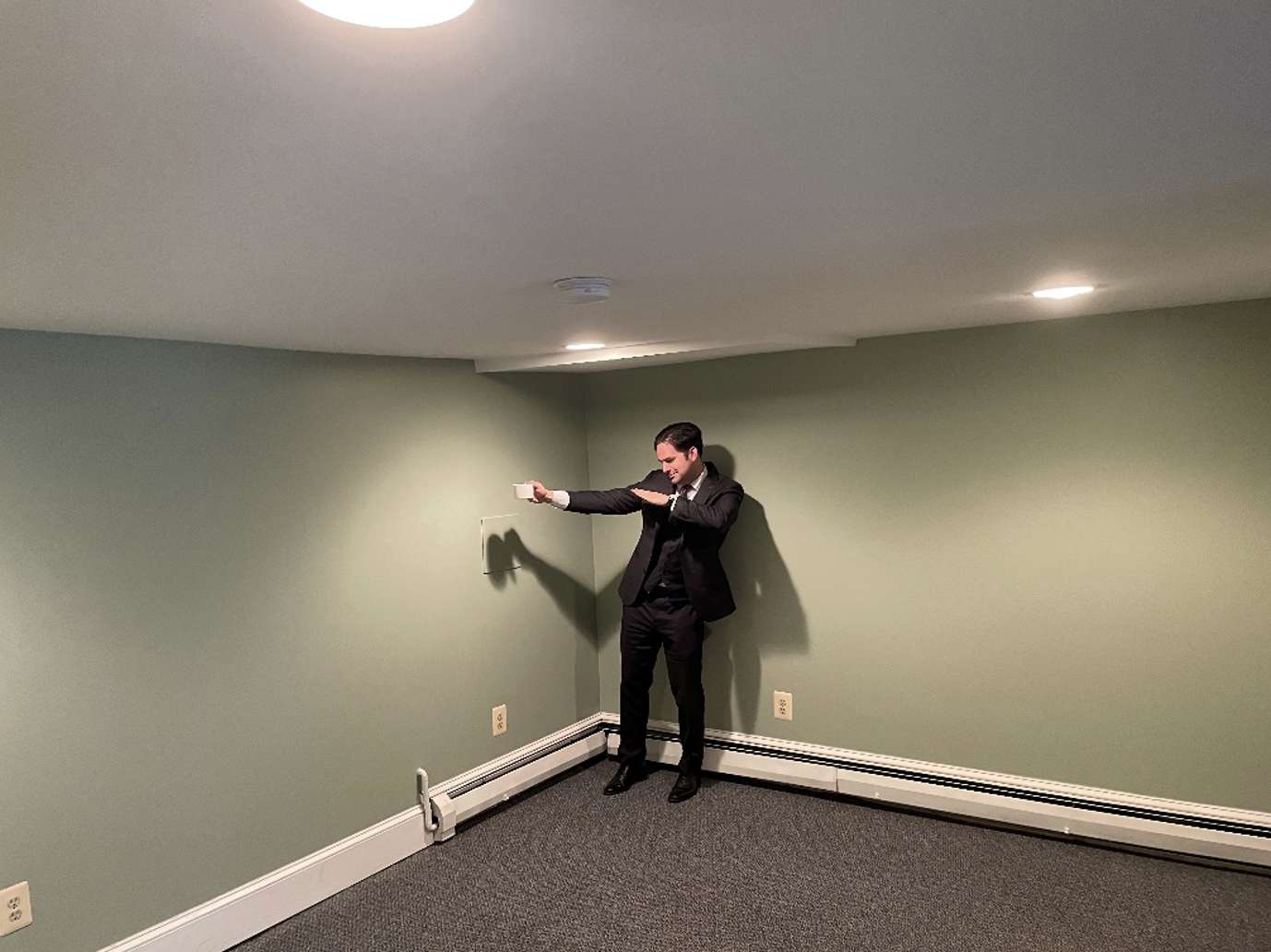This sponsored column is by Law Office of James Montana PLLC. All questions about it should be directed to James Montana, Esq., Doran Shemin, Esq., and Janice Chen, Esq., practicing attorneys at The Law Office of James Montana PLLC, an immigration-focused law firm located in Falls Church, Virginia. The legal information given here is general in nature. If you want legal advice, contact us for an appointment.
The Supreme Court is taking an important case next term — Loper Bright Enterprises v. Raimondo — in which we expect a foundational element of American constitutional law to change.
If the Court decides the case as we expect, there will be knock-on effects in practically every area of federal law. We’ll focus on immigration here, because that’s our specialty.

First, some background: What is at stake?
In the 1930s, the Roosevelt Administration fundamentally changed the federal government via a vast expansion both of federal power and a concomitant expansion of federal law. New administrative agencies both created and enforced rules across the country. In 1948, Congress sought to regularize the process by which rules were created and interpreted in the Administrative Procedure Act. The APA was largely successful in setting procedures for the creation of regulation, but the question of interpretation remained troublesome.
In 1984, the Supreme Court decided Chevron U.S.A. v. NRDC, and settled (for forty years) the question of how to interpret federal regulations. Chevron Deference, as it became known, is that federal courts should defer to the expert judgment of administrative agencies, in the interpretation of administrative regulations, so long as Congress has not spoken directly on the issue at hand. This allows administrative agencies — which are, in theory and practice, more familiar with their own regulations and the underlying facts than federal judges — to apply their expert judgment, within fairly broad bounds.
Immigration regulations are just like any other form of regulation. As we have explained in these pages, the Attorney General is the Grand Poobah of immigration regulation and interpretation; all Immigration Judges, all Board of Immigration Appeals judges, and indeed all immigration adjudicators are merely his legatees. Thus, the Attorney General has broad deference, under Chevron, to construe immigration regulations within the broad outlines set by the Immigration and Nationality Act, as amended.
When the Supreme Court overturns Chevron in Loper Bright Enterprises v. Raimondo, as we expect it will, the Attorney General will no longer have such broad power to interpret immigration regulations. The substantive effects will depend on how strictly the Court clips the wings of administrative agencies. At its most extreme, Loper Bright could make individual federal judges the primary interpreters of immigration regulations; a more measured decision would simply enlarge the role of judiciary in overseeing regulatory interpretation.
Over time, our prediction is that the end of Chevron will lead to a slow change in the nature immigration regulation — a change which would be, in general, positive for our clients. Federal judges tend to be more sympathetic to immigrants who challenge restrictive interpretations of the Immigration and Nationality Act than immigration adjudicators are. But, of course, that tendency is not universal. Immigration skeptics are well aware of which federal judges are less sympathetic than the norm, and they know how to file civil actions.
If federal judges become more hands-on in the realm of administrative law, federal judges will issue conflicting decisions concerning the same regulations. Those conflict will filter up through the Circuit Courts of Appeal to the Supreme Court. The Court may prefer, as a matter of jurisprudence, to center the interpretation of federal regulation in Article III courts; but the Court may have practical reasons to regret its principles.
As always, we welcome your comments and will do our best to respond.

















